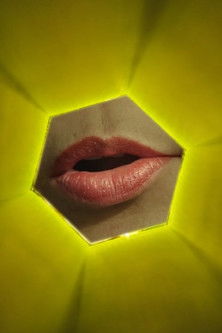Spaghetti Blockchain
Genres
OverView
Produced by the Museum of Contemporary Art Toronto; Arts at CERN, the arts program of the European Laboratory of Particle Physics, Geneva, with the support of the Permanent Mission of the United States to the United Nations, Geneva; Sprengel Museum, Hannover, with the support of Niedersächsische Sparkassenstiftung; and New Museum, New York
Others
Budget
$--
Revenue
$--
Status
Released
Original Language
English
Runtime
18 mins
Rating
0/10
Release Date
17 November 2019
Country

